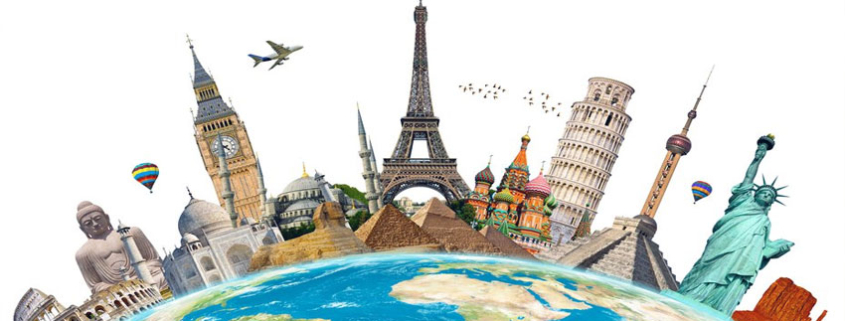Deaf-Friendly Travel – Exploring the World Beyond Borders
Travel is a universal language that transcends borders, cultures and languages. For the Deaf community, exploring new destinations and experiencing diverse cultures comes with its own set of considerations and opportunities. In this blog post, we’ll delve into the realm of Deaf-friendly travel, offering insights, tips and inspiration for Deaf individuals seeking to embark on unforgettable journeys.
Understanding Deaf-friendly travel
Deaf-friendly travel encompasses a range of strategies, resources and accommodations that ensure Deaf travellers can fully enjoy their adventures without communication barriers. From accessible transportation to culturally immersive experiences, the world is becoming more attuned to the needs of people with hearing issues.
Choosing Deaf-friendly destinations
Accessible Attractions
When planning a trip, Deaf travellers can consider destinations that make a point of offering accessible attractions and activities. Museums, art galleries, natural landmarks and interactive exhibits with visual elements can enhance the travel experience.
Cultural Experiences
Opt for destinations known for their visual and sensory experiences. Festivals, street performances and visual arts exhibitions provide unique ways to connect with local culture.
Communication Strategies and Tools
Learning Basic Phrases
Learning a few basic phrases in the local sign language or familiarising oneself with common gestures can facilitate interactions with locals and convey respect for the local culture.
Translation Apps
Modern-day technology truly is wonderful and travellers can make use of translation apps to bridge language gaps, ensuring smooth communication in various situations.
Accessible Accommodations
Hotels and Resorts
Choose accommodations that offer visual alerts for fire alarms, phones and doorbells, as well as visual aids for emergency instructions.
Communication Assistance
When booking accommodations, inquire about the availability of sign language interpreters or staff who are proficient in sign language.
Transportation and navigation
Public Transportation
Research the accessibility of public transportation options in the chosen destination, including buses, trains and subways, which may provide visual announcements and accessible routes.
Navigational Apps
Use navigation apps with visual and vibration alerts to guide travellers through unfamiliar territories, ensuring safe and efficient exploration.
Cultural Sensitivity and Respect
Understanding Local Norms
Research the cultural norms and practices related to Deafness in the destination to ensure respectful interactions and avoid unintentional misunderstandings.
Educating Locals
While exploring, take the opportunity to educate locals about Deaf culture and communication preferences, fostering cross-cultural understanding.
Connecting with Deaf Communities
Deaf-Friendly Tours
Look for guided tours that cater to Deaf travellers, providing sign language interpreters and Deaf-friendly guides who offer unique insights into local culture.
Local Deaf Organisations
Reach out to local Deaf organizations in the destination for recommendations, insights, and connections that can enhance the travel experience.
Start packing!
Deaf-friendly travel is about more than just embarking on a journey; it’s a celebration of accessibility, inclusivity and cultural exchange. With the world and technology evolving to accommodate diverse needs, Deaf travellers now have the opportunity to explore destinations without communication barriers, forming lasting memories and connections that span continents.
Ready to embark on your Deaf-friendly travel adventure? Remember, Deaf-friendly travel is an exploration of the world’s diversity while championing inclusivity. Let’s break down communication barriers and discover the world together!




Leave a Reply
Want to join the discussion?Feel free to contribute!